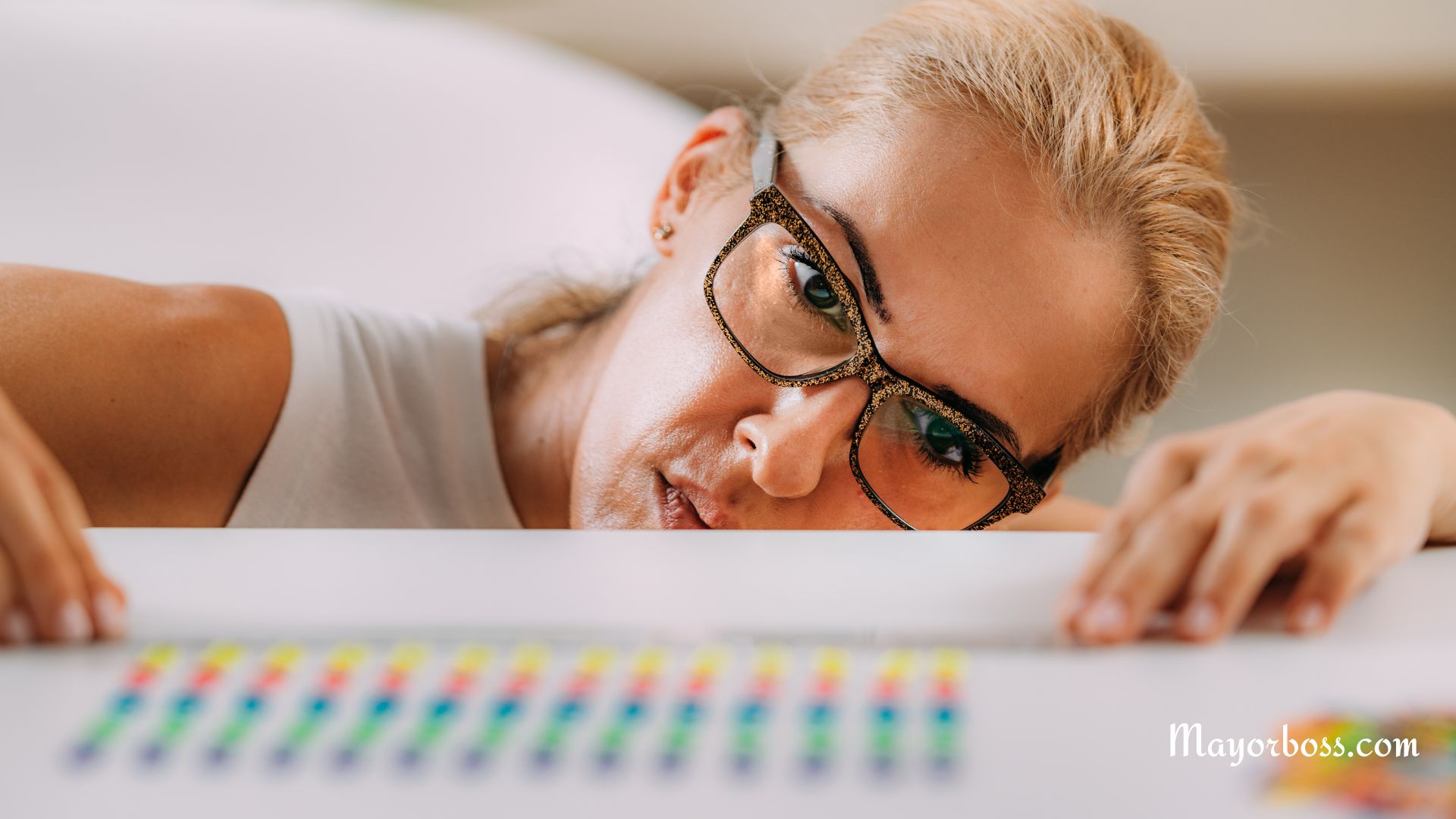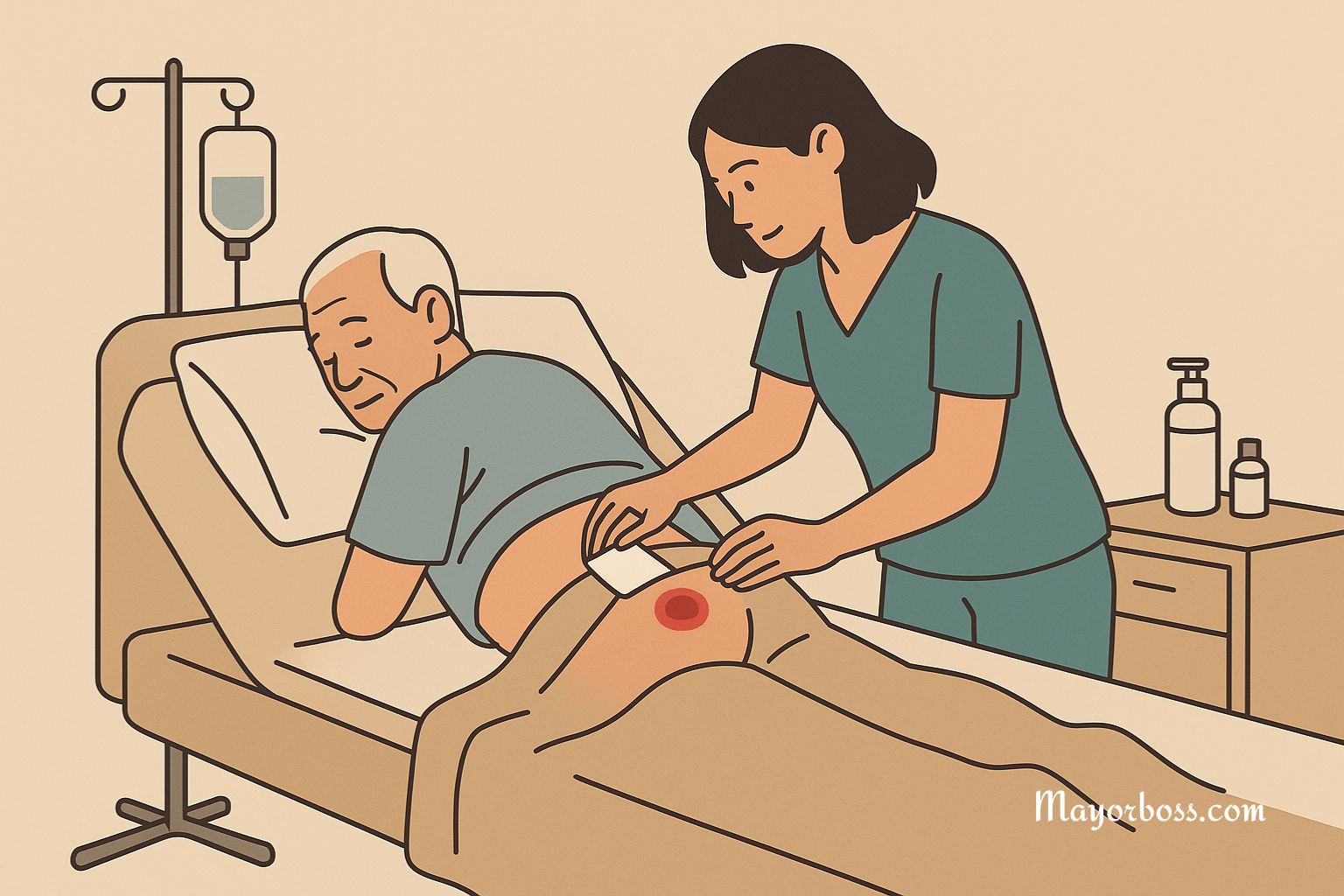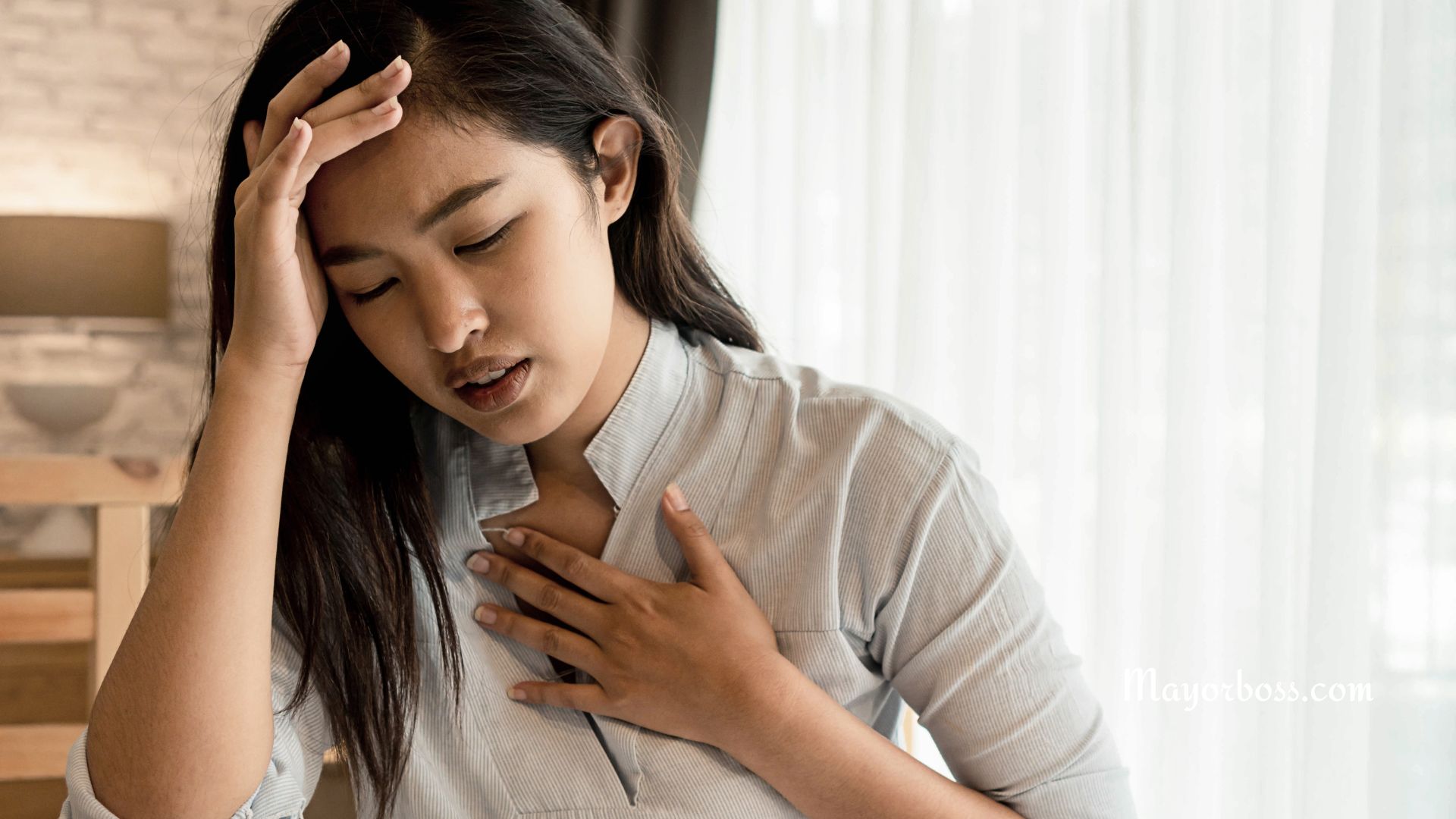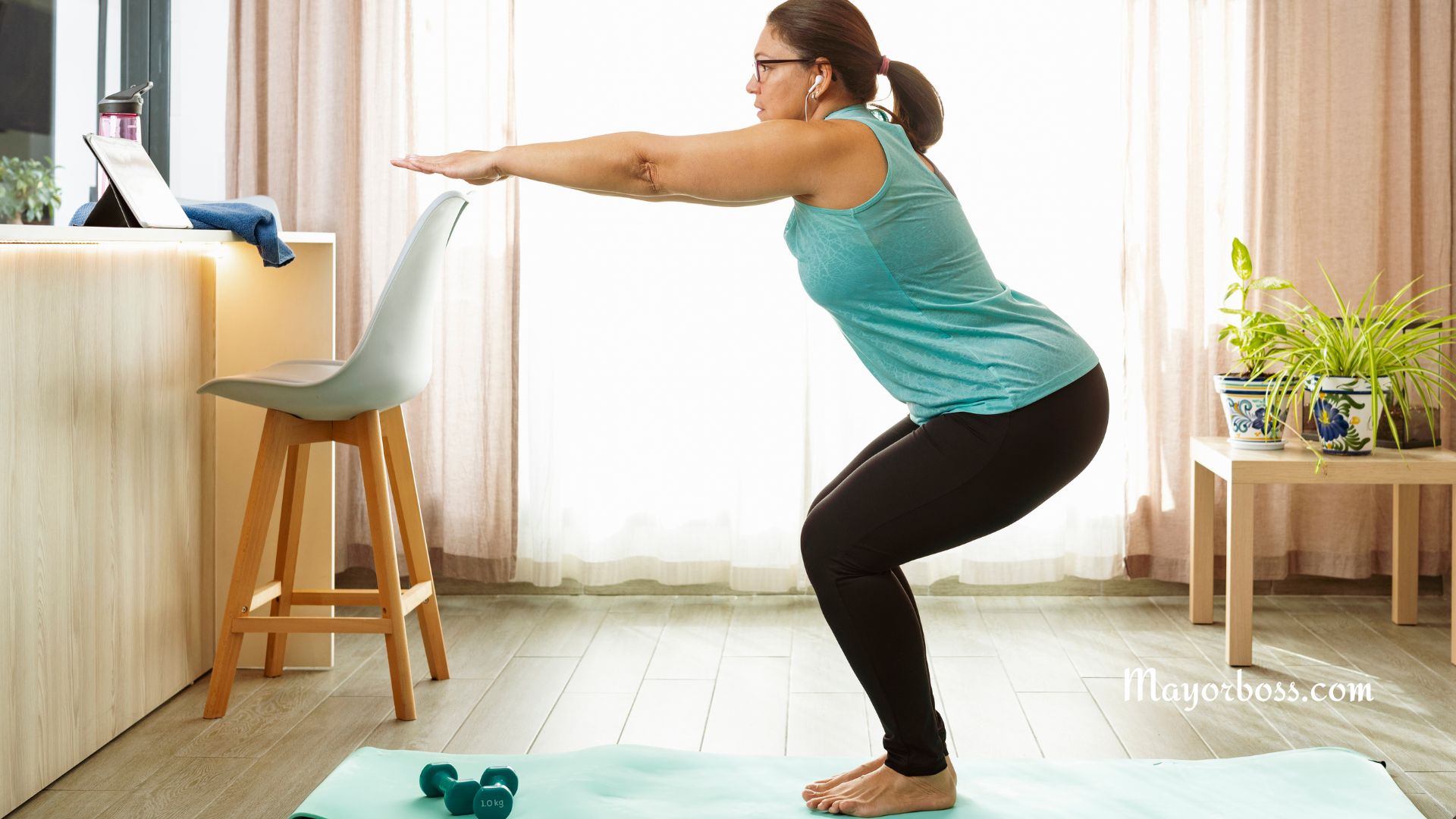The “Silent Disease” that Affects Every Third Woman
Many women feel tired, moody, or even forgetful from time to time. You might blame stress, busy schedules, or not sleeping enough. But what if these everyday symptoms are linked to something deeper? There is a condition often called the “silent disease” because it can progress for years without clear warning signs. This condition is osteoporosis, and it affects about one in three women worldwide, especially after menopause.
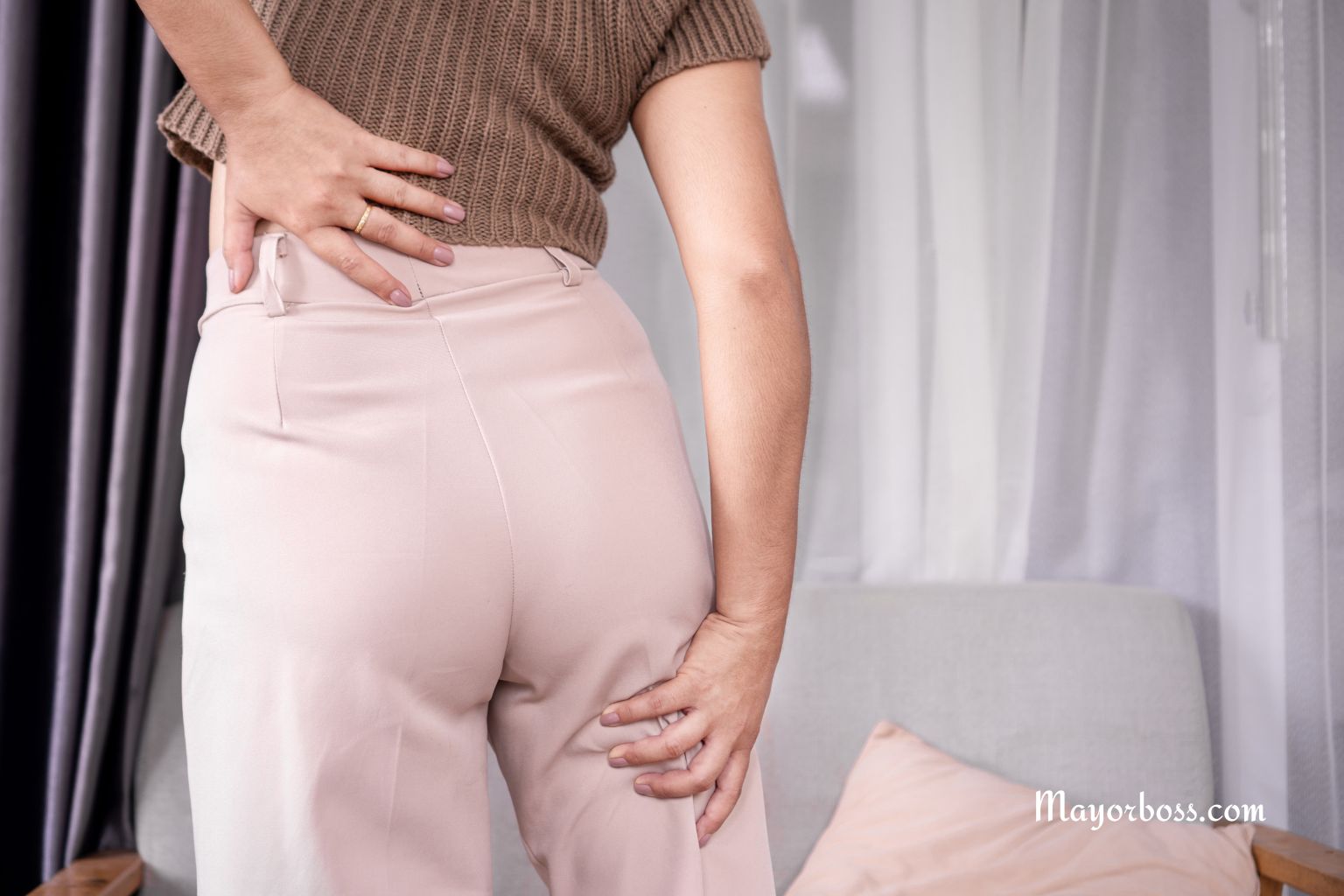
According to doctors, osteoporosis is often called the “silent disease” because it weakens bones slowly without obvious symptoms, putting one in three women at risk of fractures as they age.
What is osteoporosis?
Osteoporosis is a disease that causes your bones to become weak and brittle. Think of your bones as the framework that holds your body together. When you have osteoporosis, your bones lose their strength and can break much more easily, even from a minor fall or, in severe cases, just from sneezing or bumping into something.1
Bones are living tissue. Throughout your life, old bone is broken down and new bone is made. When you are young, your body makes new bone faster than it removes old bone, so your bone mass increases. However, as you get older, especially after age 30, this process slows down. If your body breaks down bone faster than it builds it, you start to lose bone mass.
Why is osteoporosis called the “silent disease”?
Osteoporosis rarely causes symptoms in its early stages. Most people do not realize their bones are thinning until something serious happens—a fracture. That’s why it’s called the “silent disease.” You might not know anything is wrong until you break a bone, often in the hip, spine, or wrist, says the National Institute on Aging.2
Some people may notice that they are getting shorter or their posture is changing, but these signs usually appear only after bone loss has already become severe, notes the National Institutes of Health.3
Why are women at higher risk?
Several factors put women at a higher risk for osteoporosis:
- Hormonal changes: After menopause, a woman’s body produces less estrogen, a hormone that helps keep bones strong.
- Smaller bone structure: Women generally have smaller, thinner bones than men.
- Age: Bone loss speeds up as women get older, especially after age 50.
- Family history: If your mother or grandmother had osteoporosis, your risk may be higher.
Other risk factors include not getting enough calcium and vitamin D, being physically inactive, smoking, drinking too much alcohol, and certain medications, explains the NHS.4
Signs and symptoms
Since osteoporosis is usually silent until a bone breaks, there are few early warning signs. However, some clues may suggest weakened bones:
- Loss of height over time
- A stooped or hunched posture
- Back pain, often caused by fractured or collapsed vertebrae
- Bone fractures that happen more easily than expected
If you notice any of these changes, talk to your doctor.
How osteoporosis is diagnosed
Doctors use a simple and painless test called a bone density scan (DEXA scan) to check for osteoporosis. This test measures the strength and thickness of your bones, usually at the hip and spine.
Your doctor might also consider your age, family history, medical conditions, and medications when deciding whether to screen you.
How can you protect your bones?
Osteoporosis is not inevitable. There are many steps you can take to build and keep strong bones:
1. Eat a bone-healthy diet
Focus on foods rich in calcium and vitamin D. Good sources include dairy products, leafy green vegetables, almonds, and fortified foods. Vitamin D helps your body absorb calcium. Sunlight is also a natural source of vitamin D.
2. Stay active
Regular exercise, especially weight-bearing activities like walking, dancing, or climbing stairs, helps maintain bone strength. Resistance exercises, like lifting weights or using resistance bands, also help keep bones and muscles strong.
3. Avoid smoking and limit alcohol
Smoking and drinking too much alcohol can weaken your bones over time.
4. Prevent falls
Remove tripping hazards at home, use non-slip mats, and make sure rooms are well-lit. Regular vision and hearing checks also help lower your risk of falling.
5. Discuss your medications
Some medications can cause bone loss. If you take steroids or other long-term drugs, ask your doctor how to protect your bones.
What if you already have osteoporosis?
If you are diagnosed with osteoporosis, do not panic. Treatment can help slow bone loss and prevent fractures. Your doctor may recommend medications that help build or maintain bone. These medicines work best when combined with lifestyle changes, such as diet and exercise.
You might also need extra calcium and vitamin D supplements. Your healthcare team can help you create a plan tailored to your needs.
When to see a doctor
If you have risk factors for osteoporosis, are over age 50, or notice any changes in height or posture, talk to your doctor. A simple test can tell you how strong your bones are, and you can make a plan together to keep your skeleton healthy.
FAQs
1. What is the “silent disease” that affects women?
Osteoporosis, known as the “silent disease,” is a condition that causes bones to weaken and break easily, often without obvious symptoms.
2. Who is most at risk for osteoporosis?
Women over age 50, especially after menopause, and those with a family history or other risk factors, have the highest risk.
3. Can osteoporosis be prevented?
Yes, regular exercise, a healthy diet rich in calcium and vitamin D, and healthy lifestyle habits can help prevent osteoporosis.
4. How is osteoporosis diagnosed?
A bone density scan (DEXA scan) measures bone strength and can diagnose osteoporosis before a fracture happens.
5. What treatments are available for osteoporosis?
Treatments include medications to strengthen bones, supplements, and lifestyle changes to slow bone loss and lower the risk of fractures.

